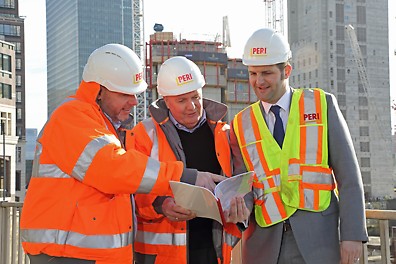
Our specialist knowledge summarised for you
We always love to hear from you. If our knowledge pages haven't provided the answers you are looking for, get in touch.
Email or call us to speak with one of our experts.

We always love to hear from you. If our knowledge pages haven't provided the answers you are looking for, get in touch.
Email or call us to speak with one of our experts.